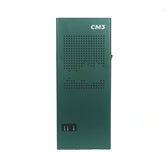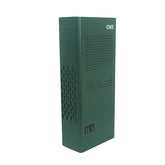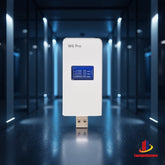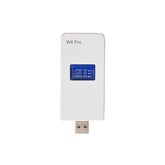Design, installation and commissioning of shielding systems
First: Precautions before equipment installation
1. Before installing the device, be sure to install the antenna correctly according to the signs, and then turn on the power to avoid the machine from being burned out.
2. Before installing the equipment, you should understand the orientation of the base station, and try to make the direction of the shield follow the direction of the base station.
3. When installing the equipment, pay attention to whether there are metal objects within 1 meter around the machine to avoid signal reflection, which will affect the shielding effect.
4. Take waterproof and lightning protection measures for outdoor installation.
5. Explosion-proof machines should be installed in special environments such as gas stations and gas stations.
6. The installation height is preferably 1.8-2 meters. It can be placed directly on the table, installed on the wall or installed on the ceiling. It is better that the antenna is perpendicular to the ground.
7. If it is installed indoors, attention should be paid to whether the transmission frequency of the existing wireless equipment in the room causes co-channel interference.
8. It is necessary to consider the tolerance and safety distance of existing indoor precision instruments against different frequency interference
9. If an amplifier such as signal booster is installed in the room, it is not suitable to install a shield.
10. Fully understand the boundaries between shielded areas and non-shielded areas.
Second: site survey
Knowing the signal strength in the field is very important for the installation of the signal blocker. Since there are many kinds of signals in an environment, and the strength of each kind of signal is different, knowing the signal strength of the scene can design and install the jammer in a targeted manner.
In the absence of survey equipment, you need to know the situation of the base stations around the installation site, how far is the visual distance, what base station (mobile, China Unicom, CDMA, Daxingtong, 3G and other base stations), and the direction of the base station's antenna is pointing there . In general, base stations in cities are mostly built on the roofs of taller buildings, and in suburbs or rural areas, they are mostly iron towers.
If there is survey equipment, it is only necessary to record the signal strength of multiple points indoors and outdoors on site in detail

Third: design and installation
According to the results of the survey, reasonable matching of different signals has reached the most ideal state. The degree of interference in the unshielded area and the impact on the surrounding base stations should be fully considered.
3.3.1 Determine the general installation diagram. In the actual installation process, first install the place with strong signal (that is, the place closest to the base station), use the directional antenna, and start the installation along the direction of the base station antenna.
3.3.2 Considering the floor height of the shielded area, since the signal on the upper floor is better than that on the lower floor, the installation sequence from top to bottom is adopted to achieve the best shielding effect
3.3.3 Fully consider the anti-interference of PHS base stations. PHS base stations generally have relatively low power, and PHS has no uplink and downlink lines.













